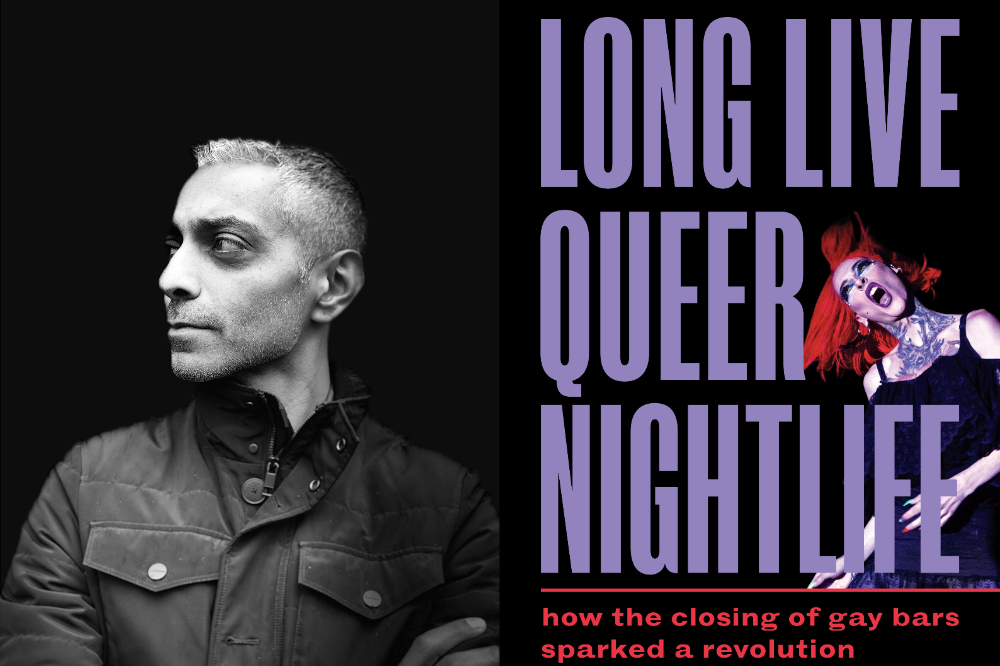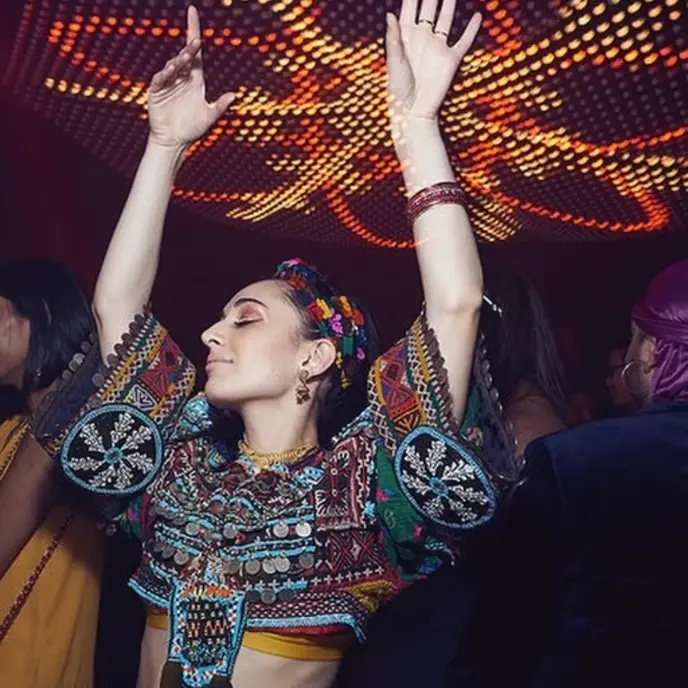Long Live Queer Nightlife is an event we cannot forget that took place last Sunday in Southbank Centre.

Far from the gay bar with its largely white, gay male clientele, Long Live Queer Nightlife presented a queer world shimmering with self-empowerment, inventiveness and joy.
There is a dazzling scene of club nights where creatives, many of whom are queer, trans and racial minorities, reclaim the night in the name of those too long left out. Episodic, nomadic and radically inclusive, club nights are refashioning queer nightlife in boundlessly imaginative and powerfully defiant ways. Join us to remember, and discover, some of the best examples out there.
Zing Tsjeng is Editor in Chief at VICE and VICE UK, where she specialises in arts, culture, identity and current affairs, and has written for publications such as British Vogue, Harper’s Bazaar and Time Out London and chaired a panel discussion inspired by Amin Ghaziani’s exploration of the revolution revitalising urban nightlife.
Tsjeng was the inaugural presenter for the Women’s Prize For Fiction podcast. In 2018, Octopus published her four-book series Forgotten Women, which explores the untold stories of inspiring women who have been marginalised from history. She was named one of London’s most influential people in the Evening Standard Progress List and was recognised by Attitude magazine as an LGBTQIA+ trailblazer.
Amin Ghaziani is professor of sociology and Canada Research Chair in Urban Sexualities at the University of British Columbia. He is the award-winning author of The Dividends of Dissent, Sex Cultures and There Goes the Gayborhood?. His work has been featured widely in international media outlets, including the New Yorker, the Financial Times, the Los Angeles Times, the Guardian, USA Today and British Vogue.
Tom Rasmussen is a musician, author, journalist, screenwriter, drag queen and more. Their debut album, Body Building (Globe Town Records 2023), fuses dark dance music with an aesthetic and live performance that takes influence from their past life in drag.
From 2006 to 2016, the number of LGBTQ nighttime venues in London, a global capital of finance and culture, declined by 58%, falling in number from 125 to only 53 remaining venues. An audit by the mayor’s office showed that this closure rate compares with 44% of all nightclubs and 25% of all pubs. Thus, while all nighttime venues are struggling, the impact on queer spaces is more dire.
Bar closures disrupted the field nightlife and consequently encouraged the visibility of other forms of fellowship. The idea of a “disruption” is shared among organisational, social movement, and cultural sociologists. It describes an unsettled moment of time, either anticipated or unexpected, that alters our routines and the ideas we take for granted. In these moments of disruption, new possibilities arise for how to put the pieces back together. To see how this happens, we need to ask not only why gay bars are closing, as others have, but also how people are responding. How is nightlife changing? How is it persisting?

In this exhilarating journey into underground parties, pulsating with life and limitless possibility, it was unveiled in front of our eyes the unexpected revolution revitalizing urban nightlife. Far from the gay bar with its largely white, gay male clientele, here is a dazzling scene of secret parties—club nights—wherein culture creatives, many of whom are queer, trans, and racial minorities, reclaim the night in the name of those too long left out.
The event showcased a spectacular, if seldom-seen, vision of a queer world shimmering with self-empowerment, inventiveness, and joy.